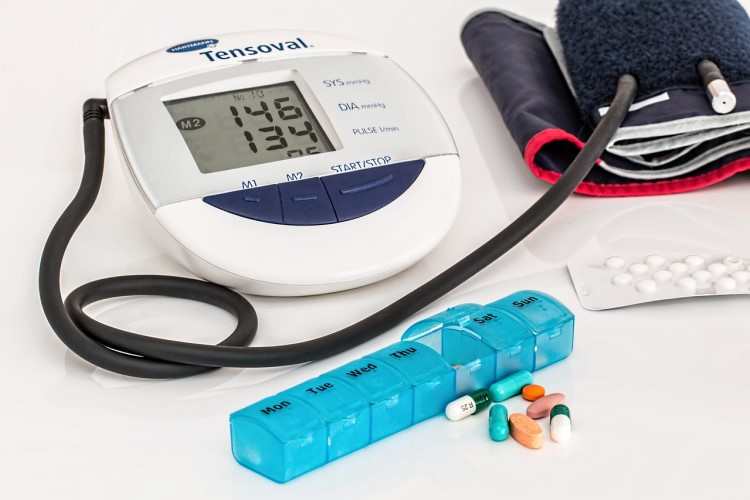
Firstly, it is about step counts. Almost all studies show an inverse association between daily steps and mortality risk, i.e., more steps lower the risk.
This relationship is more pronounced for those over 40. In U.S. adults aged ≥40, higher steps were found to correlate with not just all-cause mortality but also cardiovascular and cancer mortality.
More steps generally provide greater benefits, but up to a point and within limits. The 10,000-step rule was so deeply rooted that elderly patients in clinics often discipline themselves - refusing to sleep before reaching this milestone. Actually, the "10,000-step rule" was invented as part of a successful marketing campaign in Japan — medical basis none.
What's the ideal number then? — In cohort studies including over 100,000 participants, adults walking ≥7,000 steps daily had 50%-70% lower mortality risk than those below that mark — tectonic shift. No additional risk-reduction beyond 10,000 steps.
Several large studies found higher daily steps linked to Lower mortality at all ages, with plateau effects:
- Age ≥60 years: 6,000–8,000 steps/day.
- Age <60 years (younger adults): 8,000–10,000 steps/day.
In practice, 8,000 steps limit for old adults and 10,000 steps in young adults — exceeding these adds no health benefits but risks to knees.
Lowest Levels:
- Minimally active adults: >7,000 steps/day
- Older adults: >6,000 steps/day
When data were pooled, health returns were maximized at 8,000 steps for healthy adults and 7,500 steps for seniors.
Children are ruled out of this — growth requires intense physical activities such as running and jumping, which build their vitality — including skills like different exercises to develop balance and coordination; step count alone does not suffice.
LATEST POSTS
 Should You Take Calcium Supplements and How?
Should You Take Calcium Supplements and How? How to supplement probiotics to improve gut microbiota?
How to supplement probiotics to improve gut microbiota? Do We Truly Need Extra Mineral Supplements?
Do We Truly Need Extra Mineral Supplements? Health Check: Weekly Average Step Count and Distribution
Health Check: Weekly Average Step Count and Distribution Diet, exercise, and stress management can also improve gut microbiota
Diet, exercise, and stress management can also improve gut microbiota How to Protect Your Family from Infectious Outbreaks in Fall and Winter?
How to Protect Your Family from Infectious Outbreaks in Fall and Winter? How to scientifically supplement vitamin A and how much?
How to scientifically supplement vitamin A and how much? Lack of sleep emerges as a major trigger for heart disease
Lack of sleep emerges as a major trigger for heart disease Light fasting is not so difficult, three steps to healthy light fasting
Light fasting is not so difficult, three steps to healthy light fasting













